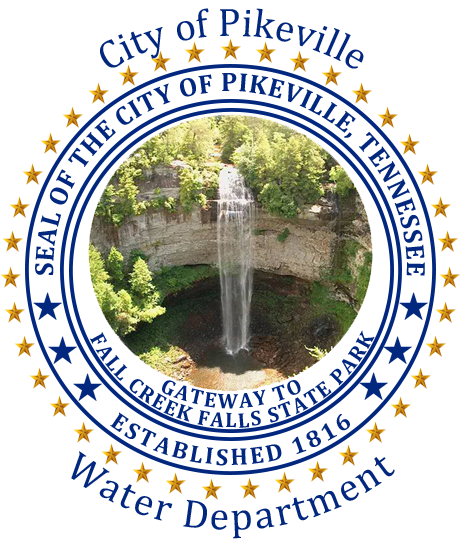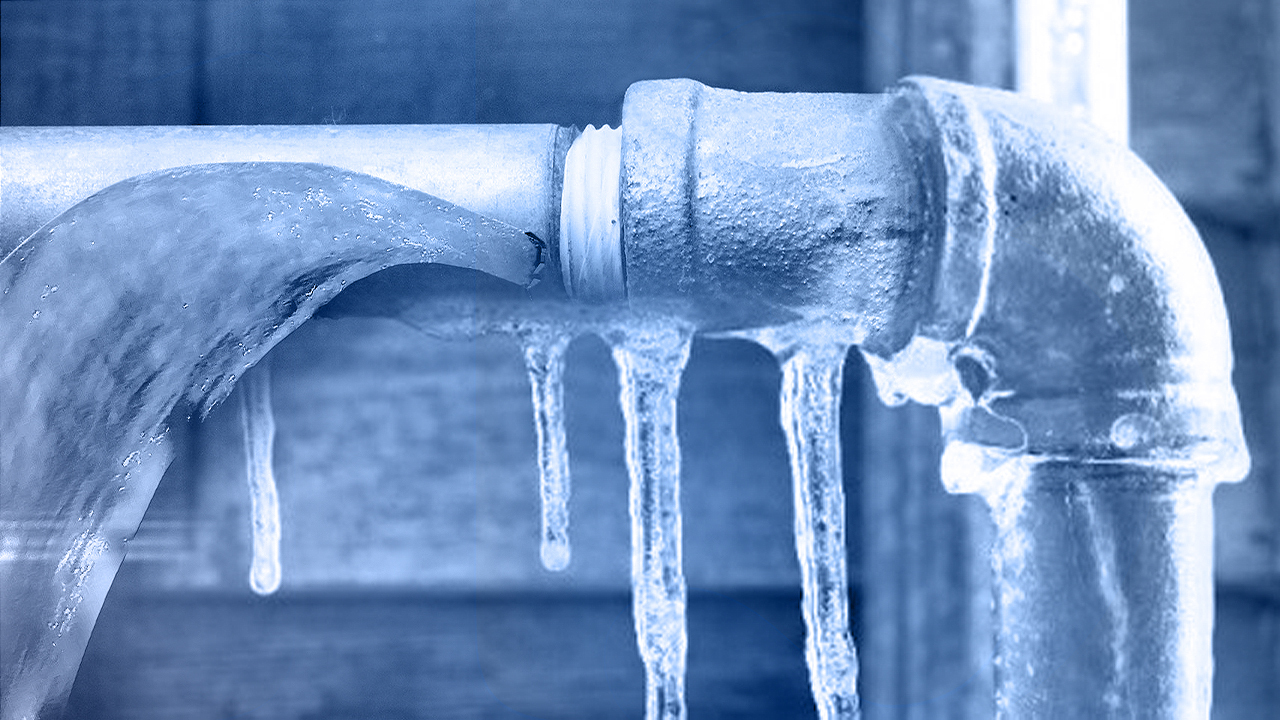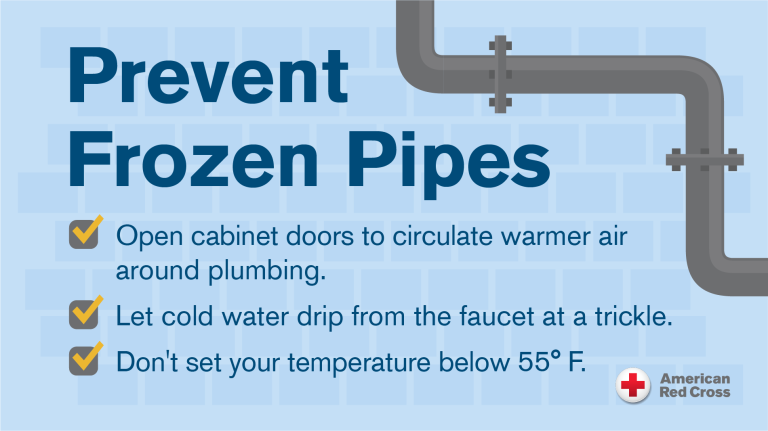City of Pikeville
Water Department

Consumer Information
Frozen Pipe Prevention and Remedies
Frozen water pipes can be an unexpected frustration for residents during cold weather. The Pikeville Water Department offers a few tips to help prevent frozen water pipes.
- Know the location of your master water shut off valve and educate all household members where it is located in case of an emergency. (If you will be away from home for an extended time, shut off the water supply and drain the system.
- If you leave for only a few weeks, set the thermostat high enough so the temperature in your basement will offset a severe temperature drop.
- If your kitchen or bathroom sink is located against an outside wall, insulate the wall.
- For mobile homes, make sure the skirting is in place. (Water pipes under the trailer can be wrapped with insulation and/or heat tape.)
- Be sure pipes in unheated parts of your home, including crawl spaces, are insulated. (Wrap exposed water pipes with insulation and/or heat tape. Pipe wrapping materials can be found at local hardware stores.
- Plug up drafty cracks and repair broken window panes. (Keep the Garage Door closed as much as possible.)
- Prior to freezing temperatures, remove hoses from outside faucets and be sure they are drained and shut off.
- Keep meter box lids closed to prevent cold air from freezing the water meter.
- Provide ventilation to pipes by allowing warmer air to circulate around the pipes, such as opening cabinet doors below the sink.
- If you have experienced problems in the past – during sub-zero periods, keep steady streams of water the size of the lead in a pencil running from the faucet highest in the house. DO THIS ONLY IF THE PIPES HAVE HOT ALREADY BECOME FROZEN.
- NEVER use antifreeze to keep pipes from freezing. The chemicals could be drawn back into the water supply and contaminate the system. Antifreeze residue is also very difficult to remove from your water pipes.
If you do not have water from a faucet or shower, the pipes are probably frozen. When only one faucet in your home is without water or there is no water from the hot side, but the cold side has water or vice versa, this normally means the pipe is frozen right under the kitchen or bathroom sink. If there is water in one part of the house, but not another, the pipes supplying water are frozen someplace inside the house, under the kitchen or bathroom cabinets, in the crawl space, under the trailer, in the garage or basement or at the water heater. If your pipes freeze, it is important to thaw them as soon as possible
Identify where the line is frozen:
-
- Either inside the house or building
- From the water main to the house or building
- The water meter
If you cannot locate or thaw the freeze inside your home, you should contact your landlord or plumber for professional assistance. DO NOT LEAVE A FAUCET TURNED ON. If the pipes thaw, there may be flooding, especially if you are not home.
NEVER try to thaw frozen pipes with an open flame. The best option is to call your plumber. However, if you feel confident to attempt yourself, use a hair dryer, sweeper exhaust, space heater, heating pad, light bulb or heat tape. Do not heat only one spot on the pipe, as this can cause a burst.
If you attempt to thaw the frozen pipes with an electrical appliance, keep in mind that the pipe could already be broken and not leaking water since it is frozen. Be ready with the master shut-off valve in case water comes gushing out once it is thawed.
DO NOT use electrical appliances in areas with standing water.
When your pipes thaw, there may be burst pipes that need to be repaired. Repair the broken pipes as soon as possible and turn the water back on to prevent additional freezing.
Property owners are responsible for repairs of frozen pipes for the length of the service line, up through the entire home or building.
![]() City of Pikeville
City of Pikeville
25 Municipal Drive
Pikeville, Tennessee 37367



